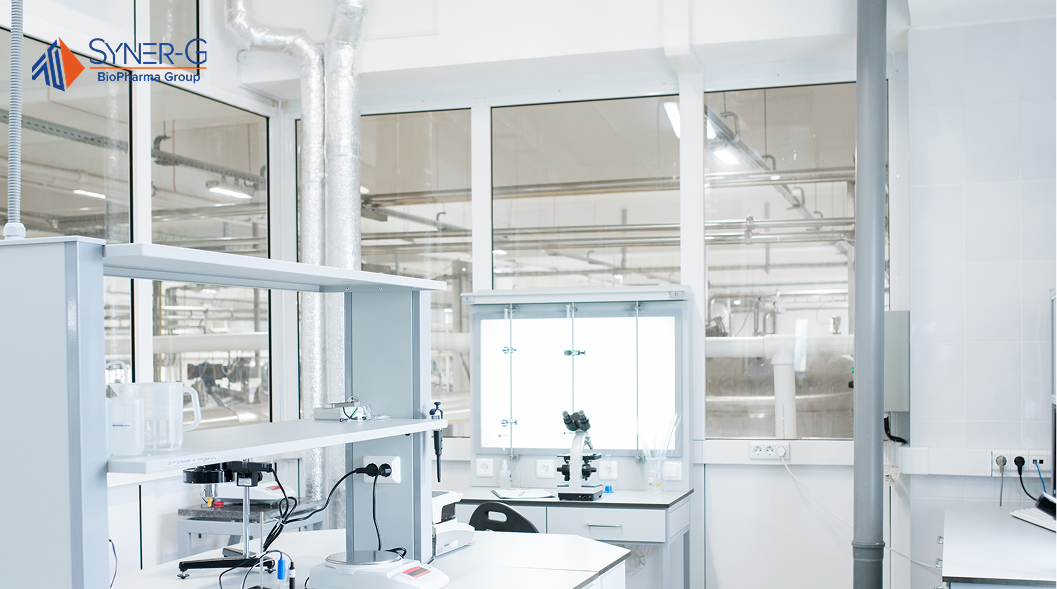The biopharmaceutical industry operates under stringent regulatory oversight. Every manufacturing process undergoes rigorous evaluation, and every procedure faces scrutiny.
Good Manufacturing Practice (GMP) audits serve as the cornerstone of pharmaceutical quality assurance.
So, what is a GMP audit? It represents a systematic evaluation of manufacturing operations against established good manufacturing practices. Auditors assess whether organizations maintain compliance with current good manufacturing practices throughout their operations. This process validates that manufacturing processes consistently produce safe, effective products.
Understanding the GMP Audit Framework
The audit process follows established protocols designed to evaluate compliance comprehensively. Generally, organizations receive advance notification before auditors arrive at their facilities. This notification period allows companies to adequately prepare for the upcoming inspection.
When the audit begins, an opening meeting establishes the framework for evaluation. Key personnel participate in discussions about the audit plan and scope, while auditors outline their methodology and timeline. This structured approach ensures all parties understand expectations and objectives.
Following the initial meeting, auditors conduct firsthand observations of manufacturing operations. They examine how teams handle raw materials. They evaluate equipment maintenance protocols. They verify that actual practices align with documented standard operating procedures.

The Clinical Significance of GMP Compliance
GMP compliance directly impacts patient safety and product efficacy. Manufacturing operations must meet established quality standards to ensure therapeutic products maintain their intended characteristics. Deviations from good manufacturing practice can compromise product integrity and patient outcomes.
Current Good Manufacturing Practices (CGMPs) reflect the FDA’s evolving minimum standards, integrating technological advances and scientific understanding to maintain product quality and patient safety. These standards address contamination prevention, quality control, and operational consistency. Companies must demonstrate continuous adherence to these principles through documented evidence and operational practices.
Regulatory requirements continue evolving to address emerging challenges and technological advances. Organizations must stay up to date with GMP regulations and guidelines. Other regulatory bodies often coordinate oversight activities, creating interconnected compliance obligations.
The food industry adopts similar quality assurance frameworks, particularly HACCP and GFSI-aligned programs. While the standards differ in rigor, both sectors emphasize contamination control, process consistency, and traceability.
Documentation Systems and Audit Preparation
Documentation serves as the foundation for demonstrating GMP compliance during audits. Written reports provide evidence of operational consistency and quality management effectiveness. Comprehensive record-keeping systems enable auditors to verify that companies follow established procedures systematically.
Past audits reveal common documentation deficiencies that organizations should address proactively. Incomplete batch records frequently appear in audit findings. Inadequate documentation of corrective and preventive actions represents another common weakness. Standard operating procedures that lack regular updates create compliance vulnerabilities.
Effective preparation requires conducting internal audits before regulatory inspections. These evaluations identify potential compliance gaps and operational weaknesses. Regular GMP audits through internal programs help maintain readiness for external assessments.
Adequate training ensures personnel understand their responsibilities and can demonstrate competency during audits. Employees must comprehend GMP guidelines and apply them consistently. Proper hygiene protocols require ongoing reinforcement and verification.
Equipment maintenance programs demand particular attention during audit preparation. Calibration records must demonstrate ongoing accuracy verification. Preventive maintenance schedules should reflect manufacturer recommendations and operational requirements.

Critical Areas of Audit Focus
Auditors concentrate on specific operational areas that directly impact product quality and patient safety. Understanding these priorities enables organizations to allocate resources effectively during preparation activities. The following areas typically receive intensive scrutiny:
- Personnel qualifications and training: Auditors verify that employees possess appropriate qualifications for their assigned roles. Training records must demonstrate ongoing competency development and knowledge updates.
- Raw materials management: Incoming material verification systems require thorough evaluation. Storage conditions must meet specified requirements. Segregation protocols should prevent cross-contamination between approved and rejected materials.
- Manufacturing process controls: Production oversight mechanisms need demonstrated effectiveness. Deviation investigation procedures require comprehensive documentation. Operational efficiency improvements should show measurable progress over time.
- Quality control operations: Analytical method validation requires proper documentation and execution. Laboratory procedures must follow established protocols consistently. Out-of-specification result investigations need thorough documentation and appropriate follow-up.
- Environmental controls: Manufacturing environments must meet specified conditions for product protection. Utility systems require regular monitoring and maintenance verification. Facility design should support contamination prevention objectives.
- Change control procedures: Modification management systems need demonstrated effectiveness. Impact assessments should evaluate potential effects on product quality. Documentation must show appropriate approval processes and implementation verification.
These key elements form the foundation of comprehensive GMP standards. Deficiencies in any area can trigger expanded audit scope and additional scrutiny.
Managing Audit Findings and Corrective Actions
Audit observations require systematic responses that address underlying causes rather than superficial symptoms. Organizations must develop comprehensive corrective action plans that demonstrate a commitment to continuous improvement and sustained compliance.
Corrective and preventive actions should target the root causes of identified deficiencies. When auditors identify training inadequacies, companies must evaluate their entire training program systematically. This approach prevents similar issues from recurring and demonstrates proactive quality management.
Written reports from regulatory inspections provide detailed observations and recommended improvements. Organizations should analyze these findings carefully and develop response strategies that address both immediate concerns and long-term compliance enhancement.
Implementation timelines must reflect the criticality of identified issues. Some findings require immediate corrective actions to prevent patient safety risks. Others allow more extended implementation periods while maintaining interim controls. Progress tracking systems should monitor advancement against established milestones.
Industry Applications Beyond Traditional Pharmaceuticals
GMP principles extend across multiple regulated industries that manufacture products affecting human health. Food production facilities implement similar quality management approaches to ensure food safety. Medical device manufacturers follow adapted GMP requirements that address their unique operational challenges.
The food industry faces distinct contamination prevention challenges due to raw material variability. Processing conditions must accommodate natural variations while maintaining consistent safety standards. Many facilities integrate HACCP principles with good manufacturing practices to achieve comprehensive quality management.
Contract manufacturing organizations often serve multiple industry sectors simultaneously. These operations require robust contamination prevention systems and flexible quality management approaches. Equipment cleaning validation becomes particularly critical when facilities produce different product types.
Manufacturing practices continue advancing through technological innovations and regulatory evolution. Data integrity requirements drive organizations toward electronic documentation systems. Automation technologies enhance process consistency while reducing human error potential.

Leveraging Audits for Operational Excellence
Progressive organizations view GMP audits as opportunities for operational enhancement rather than regulatory obligations. Each inspection provides external validation of quality systems and identifies improvement opportunities that can drive competitive advantages.
Operational efficiency often improves following thorough audit evaluations. Process optimization identified during inspections can reduce manufacturing costs while enhancing product quality. Improved procedures typically result in fewer deviations and enhanced operational consistency.
Meeting minimum requirements represents the baseline for compliance, not the target for excellence. Leading organizations consistently exceed regulatory expectations through the implementation of best practices and continuous improvement initiatives. Their quality programs become differentiating factors in competitive markets.
Continuous improvement requires systematic measurement and evaluation of performance metrics. Organizations should track key indicators between audit cycles. Trend analysis helps identify emerging issues before they become compliance concerns. Benchmark comparisons against industry standards guide strategic investments and resource allocation decisions.
Strategic Implementation and Future Considerations
Understanding what a GMP audit is provides the foundation for developing effective compliance strategies. However, knowledge must translate into systematic implementation and sustained organizational commitment to quality excellence.
Organizations should begin with comprehensive assessments of their current capabilities against established GMP guidelines. Gap analyses identify areas requiring immediate attention and long-term development. Realistic implementation timelines should account for resource constraints and operational priorities.
Remember that GMP compliance represents an ongoing commitment rather than a static achievement. Regulatory standards evolve continuously. Manufacturing technologies advance rapidly. Best practices improve through industry experience and scientific understanding.
Patient safety depends on the quality and consistency of manufactured pharmaceutical products. Stakeholder expectations require sustained performance and continuous improvement. Employee safety demands workplace environments that prioritize quality and compliance. GMP audits help ensure organizations meet these critical obligations while building sustainable competitive advantages in the regulated pharmaceutical marketplace.

